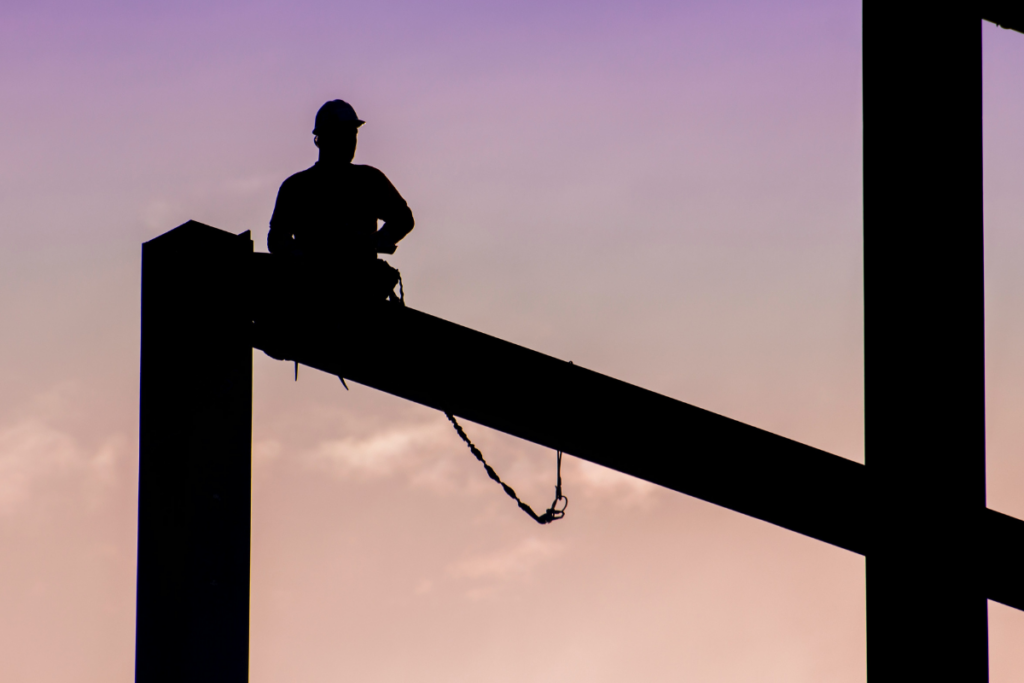The July jobs report obliterated expectations: 528,000 net new jobs, when forecasters had expected 225,000. The U.S. has now fully recouped all the job losses from the COVID-19 recession. Gains were broad-based across all major industries. The unemployment rate ticked down to 3.5%, tying a 50-year low. Key measures of job seeker activity improved. Wage growth remained strong and steady. It’s a perfect 10 jobs report.
The COVID jobs deficit has been closed
It took two and a half years, but the U.S. labor market has finally recouped all the jobs lost during the COVID recession of 2020. The super strong July increase, plus upwardly revised figures for May and June, pushed nonfarm payroll employment above the 152.5 million level of February 2020. The July job gains were nearly twice what analysts were expecting.
Every private industry gained jobs in July
For the second straight month, job gains were incredibly broad-based across every private industry. Leisure and hospitality added 96,000 jobs and has added over one million in the last year. Professional and business services grew by 89,000. Healthcare by 70,000. Transportation and warehousing continued its strong streak, up by 21,000, and is now 780,000 jobs above its pre-pandemic level. Retail had a solid 22,000 gain (the second in a row). And, unlike last month, government jobs increased by 57,000 in July.
Continued shift from goods to services shows in job gains
Services-providing employment has had very solid gains in recent months, and that continued in July, with a 459,000 job increase. Meanwhile, goods-producing employment is slowing. In other words, the continued shift from goods to services consumption may be reflected in these job trends. Goods-producing jobs have risen far above pre-pandemic levels, while services jobs are still just short.
Job seeker participation improved
Labor force participation overall declined slightly in July, but the demographically consistent group of prime-age workers (25 to 54 year olds) showed an increase. This group’s employment-to-population ratio also improved.
The most-cited unemployment rate (U3) fell to 3.5% – a 50-year low. A more comprehensive measure of unemployment (U6) remained at an all-time low of 6.7%
Many potential job seekers remain on the sidelines: the number who say they want a job but aren’t actively looking rose to 5.7 million, which is trending down but still up from 5.0 million before the pandemic.
Wage growth is strong and steady
Average hourly earnings were up 5.2% year-over-year (not adjusted for inflation), which is a slight increase from the previous month. However, earnings for rank-and-file workers – production and nonsupervisory employees – were flat at 6.4% from a year ago. However, these are nominal gains – not adjusted for inflation – and consumer price inflation is near a 40-year high.
That wage growth is neither decelerating or accelerating should be a reassuring sign for the Fed – record-high inflation isn’t feeding into a wage-price spiral (yet).
What does this mean for recruiters?
Are we in a recession? The labor market says “no.” Strong hiring trends conflict with other indicators (like the stock market and real GDP) that suggest elevated recession risks. The intensity of competition for workers remains strong, even as interest rate hikes continue at a brisk pace. The continued flatness of wage growth is a favorable sign that the Fed’s goal of lowering inflation without triggering a recession is still possible, if narrowly so.
Bottom line: This is a super strong jobs report – there’s no other way to say it. The hiring trend in the U.S. looks nothing like a recession, even as interest rate hikes continue at a brisk pace. Wage growth dynamics are looking more favorable for the Fed’s goal of lowering inflation. And job seeker participation is rebounding.







